Having more than 4 billion users, social media marketing is the new norm. Businesses, irrespective of the niche, are busy perfecting their social media marketing plan to get quality traffic, rigorous customer engagement, and drive sales.
But is being on social media enough? Of course not!
It is a worrisome concern for marketers to scale rapidly and gain mass visibility when the competition is this stiff.
Despite this, you can be a sensational hit on social media. It has a global penetration rate of 57%.
This means that more than half the world’s population is active on social media! The only catch is you have to leverage the right strategies into making your social media marketing plan.
So here we are to help you explore the best social media tips for businesses to bridge the gap and mend the loopholes.
Let’s go!
Top 15 Social Media Marketing Tips in 2024
1. Define Your Goals
Well, what will you aim at if you have no target? You need to know the 5 Whys behind your actions. Your goal will be the driving force of your social media marketing strategy.
So without delaying anymore, grab a paper, and pen down your goals!
But before we jump ahead, here are a few things you must keep in mind while setting goals:
- Be specific
- Set attainable goals
- Make sure that your goals are measurable
2. Understand Your Target Audience
Now that you have your goal in mind let’s look at the audience. Without the support of your audience, your strategy will be in vain.
Drawing your social media strategy around your audience is a must. Your target audience will help you figure out everything, right from the social media platforms you need to be on to every ounce of content you’ll ever create.
Still wondering why your audience should have all the spotlight?
Here’s the reason.
If you want to create messages that resonate with your audience, you need to know what they care about the most.
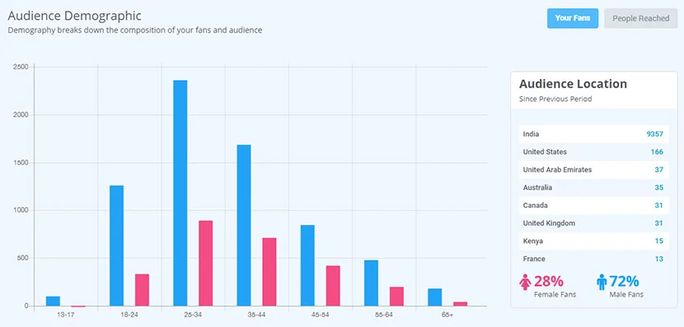
It is essential to define their questions, concerns, and problems. For most businesses, one of the biggest challenges is to connect with the right audience. To find your ideal audience, you need to figure out your target demographic and what social networks they use.
3. Choose the Right Social Media Platforms
It is not necessary to be available on all social media platforms, but what matters is to create an impact on a few that you are present on. It is probably one of the best tips for social media marketing.
Suppose your brand’s Instagram marketing strategy works the best. Then focus all your efforts on it instead of half-heartedly trying to establish your reach on other platforms equally. It is better to ace one platform than try to be the jack of them all.
It is not the quantity that matters; it’s the quality that counts! Putting out substandard content will only make things worse for you. Instead, research and plan your social media presence to align with your goals and appeal to your target audience.
Focus on the platforms that are preferred by your targeted demographic. This principle holds especially true when making social media marketing strategies for small businesses, as they can’t go around throwing resources on unfruitful activities.
4. Build a Social Media Marketing Plan
Several research reports suggest that marketers who document their strategy are 538% more likely to succeed, which calls for some real-time action!
After all, penning down a social media marketing strategy is the key to turning your vision into reality.
While you prepare your strategy, consider the relevant social media platforms you’ll be posting on. Make sure your posts appeal to your target audience and align with your goals.
Here are a few things to help you out with your social media strategy:
- Make a list of upcoming festivals and special days
- Create a content theme to provide your audience with a unified experience
- Prepare a list of hashtags for different platforms
- Make sure it covers your primary events, features, and campaigns
- Use social media marketing tools to schedule your posts and manage multiple accounts
5. Set Up a Social Media Content Calendar
There is a saying – failing to plan is planning to fail.
This is especially true when it comes to content.
So matter what you do, have a solid social media content marketing plan in place! So, use social media content calendar tools to organize and publish all your content timely and efficiently.
Content calendars also help distribute resources effectively, improve team collaboration and give a more in-depth understanding of what works and what doesn’t.
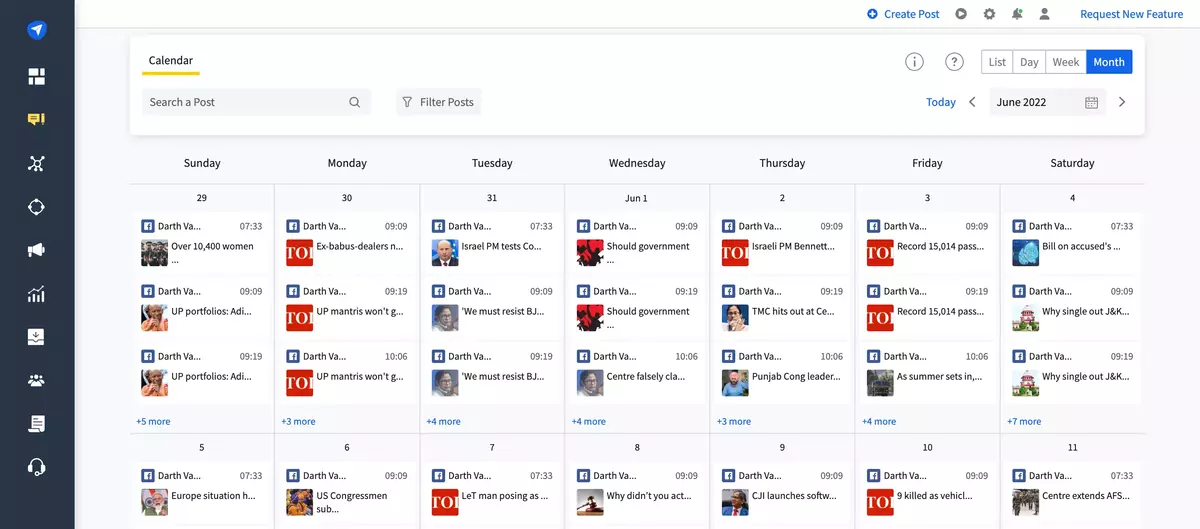
You’ll find ample templates online to prepare your calendar. You can use SocialPilot’s calendar or any other social media scheduling tools to plan your content calendar.
The best thing about it is that it enables you to put up images, set timings for your posts for multiple social media, and much more from a single dashboard.
Just create and update the publishing calendar once a week, set workflows, and accommodate last-minute changes at one go with SocialPilot.
6. Use Storytelling
It’s the stories that sell, not the product! We, humans, connect to stories. It is the emotional attachment that a brand builds with its audience. Stories inspire ideas and encourage interaction.
Here’s a perfect example of Airbnb that will make you go all emotional. A super cool animation that is executed perfectly. Check out how they convey their message.

But this is not the only way to tell a story. There are simpler ways too, to move your audience. Share successive posts to build excitement and relate the whole story from the beginning to the end.
Here’s an example of a Nike tweet thread to hook their audience right.

7. Humanize Your Brand
As much as all the digital innovations have made it easier to communicate, it is the emotion that we miss out on.
By the term ‘humanize your brand,’ we mean to go beyond the glass tops of these digital screens. Show your audience what goes in your office, introduce them to your employees, and show the people behind your brand.
Remember that brand stories are not ads or sales pitches. They help the audience connect to your brand. Your stories tell them what you stand for, and they display your culture as well as your values.
For instance, share your plans for Friday and the fun team-building activities. Let employees take over your social media for once and connect with the audience.
Take a look at how SE Ranking does it on their Facebook page.

8. Use Emojis
Well, there is a reason there are emoticons. Emojis serve the purpose of conveying emotion by depicting facial expressions.
Apt use of emotions is extremely important to convey the desired tone and emotion behind the message. The glitch with written texts is that, if not formatted correctly, they can be easily misinterpreted. Here’s a small example.
- You are an idiot! 😆
- You are an idiot! 😡
The above phrases consist of the same words but with different emojis and convey separate messages.
It is the emoticons that get the readers more excited about your content. So, next time you write, feel free to play around and include these.
9. Utilize Social Media Tools
Social media tools are going to be your savior. Imagine being on 8 different platforms and posting manually on each of them 3 times a day.
Damn, what a nightmare! All you’ll possibly do is publish hastily without any real productivity.
Instead, how about we leave the monotonous work for the tools? Yup! That is possible.
Try to automate as much of the activity as possible. For example, schedule your social media updates ahead of time.
Use social media management tools like SocialPilot to auto-post your updates to all your social accounts, then evaluate the results with their analytics.
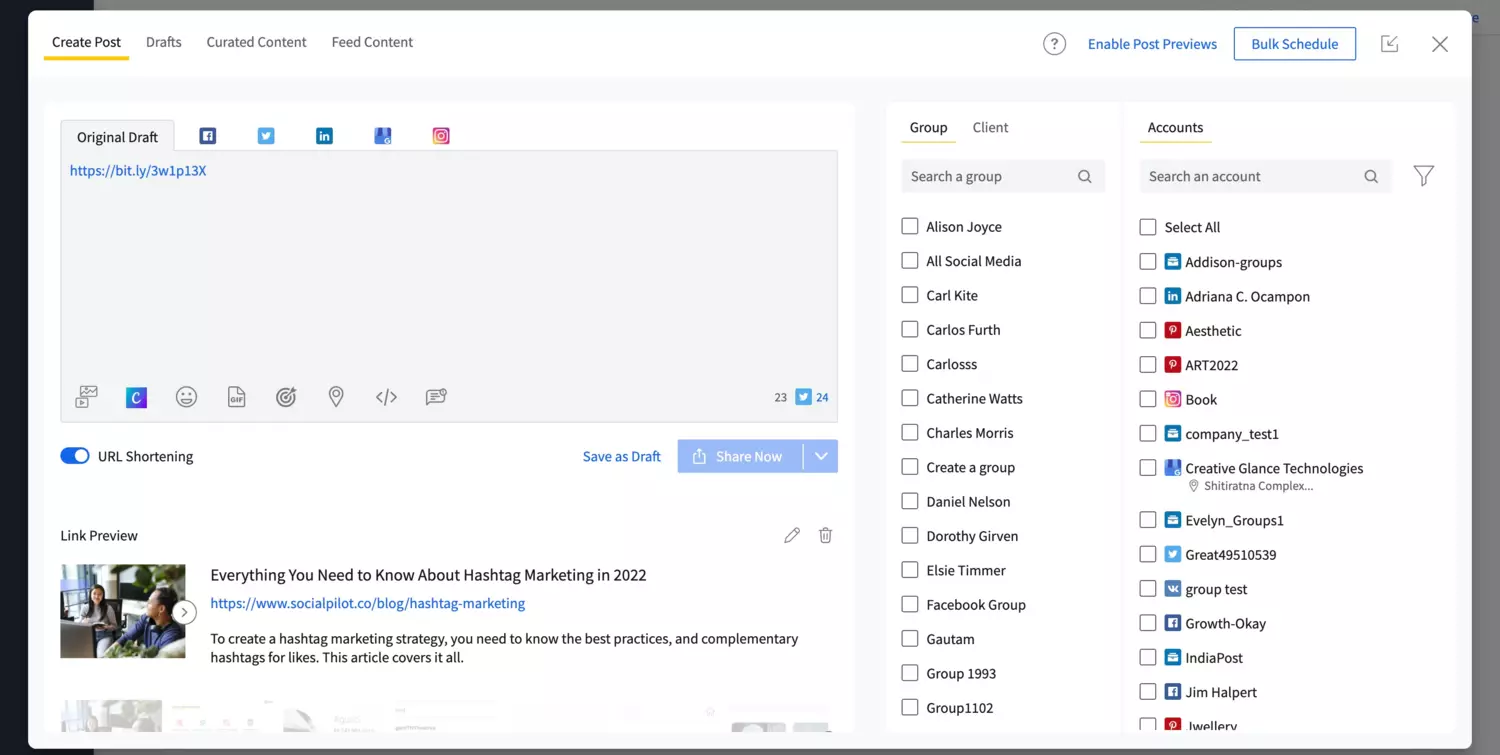
So, the whole point of using tools is to plan ahead of time. Plan, create, and schedule posts on your content calendar. Scheduling tools have an inbuilt content calendar that makes it easier to keep an eye on your posts.
Schedule your pins, tweets, posts, hashtags, and social media mentions all in one go for the month. Such an approach will save you time, helping you be more productive and focused on the overall strategy.
10. Learn From Your Mistakes
We are all humans, and we make mistakes. This is especially important to accept in the fast-growing world of social media. Instead of being ignorant of your mistakes, accept and apologize for the same. Work on them and tell your customers about them. They’ll love to hear that you worked on your mistakes to provide them with better services.
Don’t delete the post if you’ve made a grammar mistake or missed a comma. Probably, people liked your post, and they will notice your continuous re-posting.
Concerned about bigger mistakes?
For example, a product error or accidentally charging a customer’s credit card twice. Immediately respond in such scenarios. Publish a post from your social media accounts telling how you handled the error.
For instance, Pamela Vaughan from HubSpot regulated her baby bump error. Instead of her personal Twitter account, she accidentally published a picture of her growing pregnant belly on HubSpot’s Twitter account, which had over 340,000 followers.
She didn’t get bogged down and created an excellent blog post about her 15 minutes of shame on Twitter that got a lot of shares and comments.
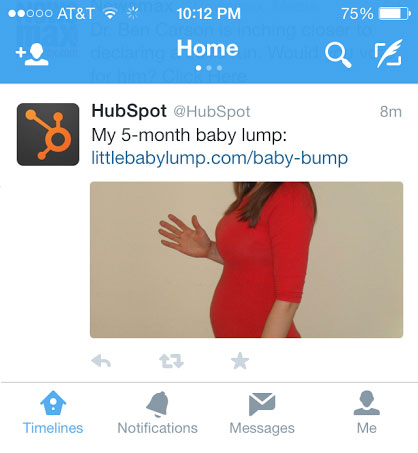
11. Optimize Your Post Frequency
Every audience uses various social networks at different times of the day. To connect with them, you need to know what type of content interests them, who is the potential purchaser of your services or products, and what age group is more accessible to sell.
But this is followed by another set of questions:
- How often should you post per day?
- What type of content should you post?
- What is the ideal number of posts per day?
These are some of the most common questions that any social media marketer is expected to answer.
Honestly, there is no ideal answer. Your answers come with your analysis, experience, and tests of what works for you and what doesn’t.
Start with finding out the right time to post. It is essential for your social media marketing strategy to work in your favor. It is important to publish high-quality content and find the ideal posting frequency for integrating a successful marketing strategy.
We found many studies, and each one showed a different social media timing with the recommended number of posts for each network. Here’s the average timing and frequency.


12. Reduce the Number of Hashtags
Hashtags are great if you want to organize your social media posts. You can click on a specific hashtag, and all the content for a certain topic becomes visible. Hashtags are identifiers of your brand that help you initiate conversations and engage with your followers.
But you know what?
The more hashtags you use, the less engagement you get. The following chart from LINCHPINSEO gathers the acquired data.
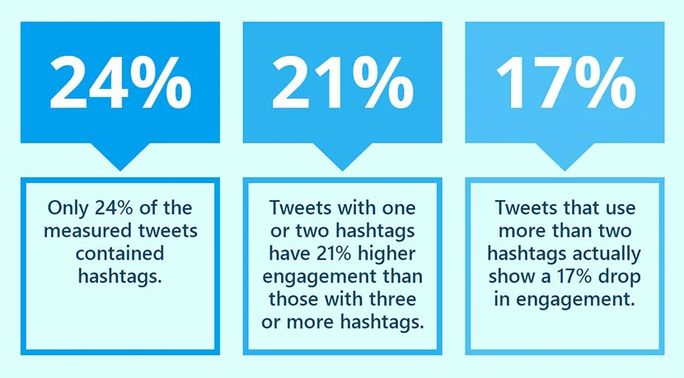
Too many hashtags can annoy people and can scale back your engagement rate. To avoid that, use 2 or 3 targeted hashtags per post on your social media channels and use only relevant, high-volume hashtags you can find using hashtag generator tools.
13. Treat Each Social Channel Uniquely
Many people believe that social media is a useful distribution tool and use the same message on each channel.
But it is not right. If you want to succeed in social media, you should treat each social media platform uniquely and consider its functionalities and features. There are multiple social media tools for agencies that not only help you by scheduling your posts but also let you customize your post for the individual platform.
Gary Vaynerchuk gives single-eyed explanations for his most used social channel differently. Facebook is a great communication tool for his entire community to promote books, web-shows and ask many questions. Twitter is perfect for real-time news and offers one-on-one interactions.
If you follow his Instagram marketing strategy, it involves sharing a bunch of real and impressive images about his travels and daily life. This platform is a great place to share high-quality visuals.

When it comes to LinkedIn, it includes a more business-oriented audience that is searching for insightful and informative content.
If you want to grow a loyal fanbase, use a creative strategy for each social channel. Take into consideration your follower demographics and share content that appeals most to them.
14. Share Quality Visual Content
Do you leverage visual content while sharing blog posts on your social media platforms? We guess, yes. Visual content is a must to boost your social media engagement.
The Wyzowl study showed that we remember only 20% of what we read and 80% of what we see. The research from Software Advice and Adobe revealed that photos and images are the most powerful social media strategy.

People are more likely to share visual content on social networks. They find visuals attractive as they offer more value and assist in generating more traffic, increasing sales, and taking you to the top. Using visuals should be the main ingredient of your social media marketing strategy. Such visuals can even come in the form interactive documents – you can post a PDF flipbook on Facebook, LinkedIn, or Twitter to engage your readers.
15. Dive Deep into Social Media Analytics
Analytics help you understand your audience and learn what generates more traffic. Without these, you can’t make accurate sales forecasts and perfect your products. You can effectively use social media data to drive performance.
Reviewing analytics emphasizes stats like follower growth, page views, number of posts, likes, shares, impressions, clicks, etc.
Social media analytics and reporting by SocialPilot help you keep track of your social media analytics. Use your results and organize monthly meetings with your marketing team to discuss the analytics, reevaluate your strategy, if needed, and make plans for the future.
Its report exporting feature is a great help in sharing the results of your social efforts with team members and clients. Especially, the scheduled report function allows you to share reports automatically via emails on your chosen weekday or the 1st of every month.

Pro Tip Do you want to be ahead of your competitors? Always know what they are doing by using a competitor research tool like SE Ranking SEO Software to see how their ads look like and perform and what keywords they are using.
These social media tips will surely help all businesses boost their brand in the public eye. But social media is not a tool just for bigger enterprises. 71% of small to mid-sized companies use the aid of social media to make a name for themselves.
And they need to pay a little more attention to their social media activities. So here are some bonus tips for them.
Points to remember for Social media marketing for a small business
- Increase your brand awareness in the eye of your target audience
- Understand the moves and strategies of your competitor brands
- Interact and build long-term relationships with your valuable customers
- Participate in current trends to appear of more feeds
- Use the free-of-cost platforms provided by social media to sell your products
Bottom Line
An effective social media marketing strategy is an essential part of your overall marketing plan. Using unconventional ways to interact with your audience will allow you to improve your outreach.
Measure the impact of your social media marketing efforts by using analytics tools and uncover audience details and how they interact with your business.
Let us know what social media hacks you use the most. Share the ones you are excited to use. Stay tuned to learn more about social media marketing tips to get your brand wheel spinning.



